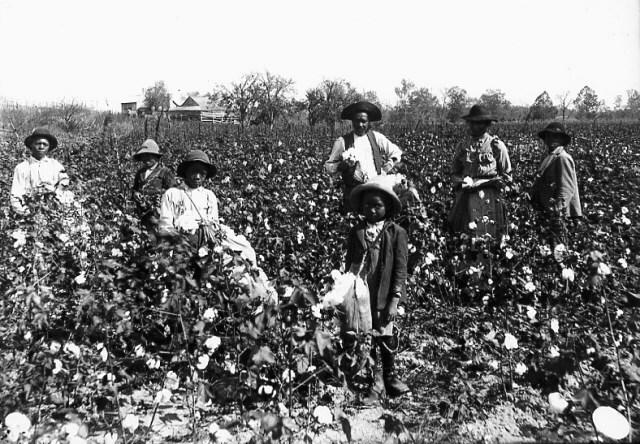What was the cotton cycle? O cotton cycle in brazil it was a economic period which had its heyday between the 18th and 19th centuries.
At that time, Brazil was still experiencing colonial era. As the name implies, cotton was the main product produced and exported, that is, the country's main economic activity.
see more
Scientists use technology to unlock secrets in ancient Egyptian art…
Archaeologists discover stunning Bronze Age tombs in…
To better temporally locate the height of the cotton cycle in Brazil, we can place it between the decline of gold production, the so-called cycle of the other, and the apogee of coffee growing.
Another important statement, for understanding the period, is that at that time all production was aimed at the foreign market. England, the main importer, was going through the Industrial Revolution, and therefore demanded more and more raw materials for textile production.
Still in the same period, in 1776, the United States, which was a colony of England, became independent. The Thirteen Colonies, which were established as the largest cotton producer in the world, broke the relations with the colonizers, who, in turn, were without the product that fomented the weavings English.
In Brazil, another important factor to be taken into consideration is that the gold cycle was coming to an end. Therefore, there was a need to establish new economic activities to avoid a crisis in the colony.
The alternatives found by the colonizers, always aiming at export, involved the production of various products, such as cocoa, tobacco, rice, in addition to sugar, which was one of the first inputs to be produced here, and cotton, which stood out due to the aforementioned factors above.
This is an important moment, which marked the beginning of industrialization in Brazil, first with cotton and later with coffee.
As previously mentioned, Brazilian cotton production was almost entirely destined for the foreign market, mainly after the independence from the United States, when England ceased to have dominion over the country, which at that time was the main producer of the material cousin.
Another important point is that in this period the main labor force in the country was still the labor of slaves. In addition, planting was done on latifundia (large properties), through the monoculture system (planting a single product).

During the colonial period, the main highlights in the cultivation of the product were the states in the north and northeast, mainly Maranhão. Bahia, Pará, Pernambuco and Ceará were other relevant states in the cotton cycle.
Even today, the country is among the largest cotton producers in the world. The main buyers are China, Indonesia, Malaysia and South Korea. Among the Brazilian states that stand out in production are Bahia, São Paulo, Minas Gerais, Piauí and Mato Grosso do Sul.
From the 19th century, coffee production began to gain more and more space. Thus, over time, the main production of the colony ceased to be cotton. However, it never stopped being produced on a large scale, so much so that even today Brazil is among the world's largest producers.
Check also:
